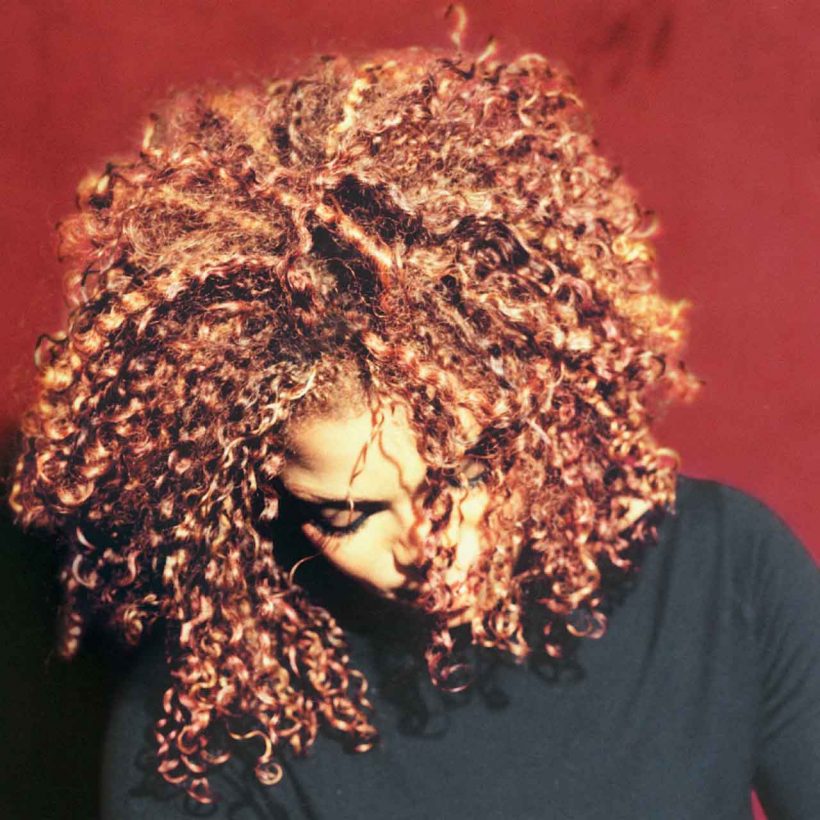Janet Jackson’s ‘The Velvet Rope’ Shows That Intimacy Is Timeless
Vulnerability in art is nothing new, but ‘The Velvet Rope’ saw Janet contorting through her pain like a trapeze artist.

Janet Jackson’s longevity and versatility as an artist is largely credited to her ability to shapeshift between albums, exuding power one moment and vulnerability the next. She was already iconic, having several successful albums under her belt and a reputation for passion and precision on stage. Each of Janet’s previous albums was layered with radio hits and seemed to carve out a specific narrative: superstar. In the midst of battling a deep depression, Janet chose to get more raw and confessional with her art. On The Velvet Rope, Janet experimented with displaying heartache, loneliness, and sensuality for all to see – forcing us to delve deeper into wondering who she was as a person, and as an artist.
While Janet is indirect about specifics pertaining to the album, one theme is clear: pain. When pressed for more details explaining the lyrics for “What About,” she told Rolling Stone. “Singing these songs has meant digging up pain that I buried a long time ago. It’s been hard and sometimes confusing. But I’ve had to do it. I’ve been burying pain my whole life. It’s like kicking dirt under the carpet. At some point, there’s so much dirt you start to choke. Well, I’ve been choking. My therapy came in writing these songs. Then I had to find the courage to sing them or else suffer the consequences – a permanent case of the blues.”
Listen to Janet Jackson’s The Velvet Rope now.
Vulnerability in art is nothing new, but Janet contorts through her pain like a trapeze artist; swinging over the crowd and performing for us, catching herself and swinging to keep from plummeting, both eyes fixed on the rope in front of her. She used The Velvet Rope as divergence from her previous understandings and measurements of success, noting that she previously stifled her feelings and just performed for the sake of success rather than out of passion or a deep yearning to do so. By the time Janet made Velvet Rope, she’d opened up feelings of past trauma to explore herself as a woman and artist. She got tattoos and piercings – physical markings of emotional pain.
Despite the overwhelming theme of pain with a tinge of emotional anguish, Janet insists that the symbol of the rope is not meant to be one of harshness but one of mystery. “The music is sensual, not brutal. The feeling of The Velvet Rope is soft, not severe,” she told Rolling Stone. After living through celebrity from childhood, with her life fully on display for consumption, Janet said she never was asked if she wanted to be a performer. But she performed. After leaving her feelings of distress and isolation unaddressed through adolescence and early adulthood, Janet chose to wield the inner torment of fame and its underlying stressors as a weapon against hiding. This album isn’t just about sex. It’s about growth into adulthood and the pain that comes along with being alive.
Although Janet’s elaborate conceptual theme was constantly questioned by critics, listeners seemed to understand. Velvet Rope went multi-platinum and was Janet’s fourth album to chart on the Billboard 200. The album has sold over 10 million copies worldwide, being certified triple Platinum in Canada, double Platinum in Australia, and Platinum in Japan, Europe and France. The album navigates topics of bisexuality, queer positivity, and S&M, cementing Janet as a gay icon. She was awarded the ‘Outstanding Music’ award by GLAAD Media – Janet has since been honored with a Vanguard award by GLAAD.
The Velvet Rope influence isn’t strictly relegated to musical artists. Activist Janet Mock named herself after Janet Jackson, and cites the sexual fluidity and sexual autonomy on Velvet Rope for being an album that paralleled her own life at the time. Psychologist Alan Downs’ book Velvet Rage illustrates growing up gay in a world that largely caters to heterosexuals. Artists across genres and platforms have cited the influence and significance of this album in their own work, attempting to mold their own pain and self-discovery into a risky, autobiographical element. Janet’s impact is still being heard in other artists’ work, decades later, cementing her status as an icon and permanently defining the parameters – or lack thereof – needed for a raw, intimate, mature pop album.
Listen to Janet Jackson’s The Velvet Rope now.
Note: This article was first published in 2018.












